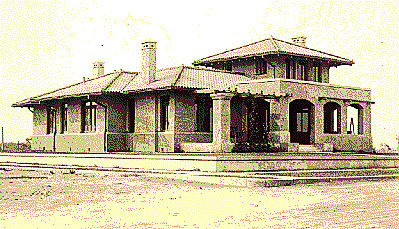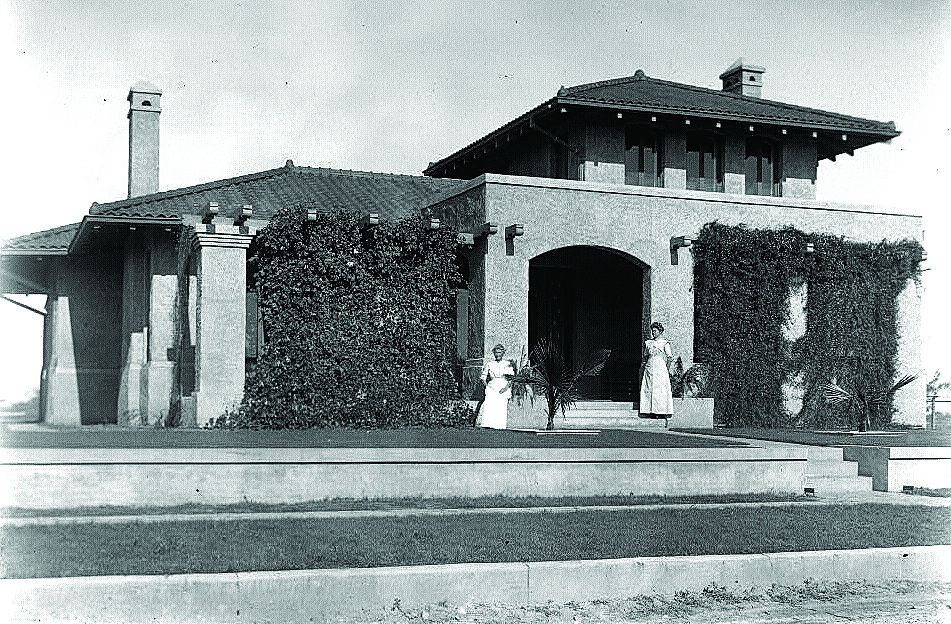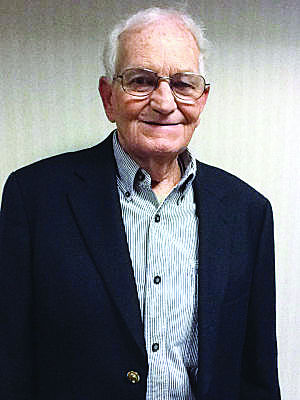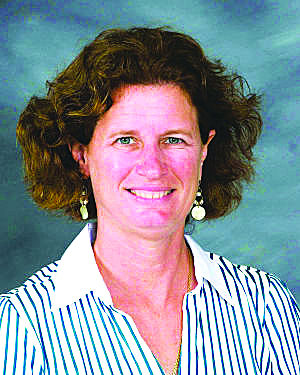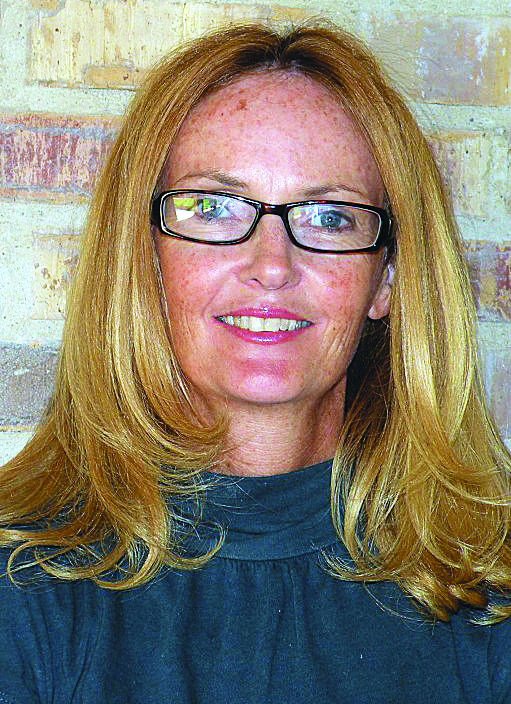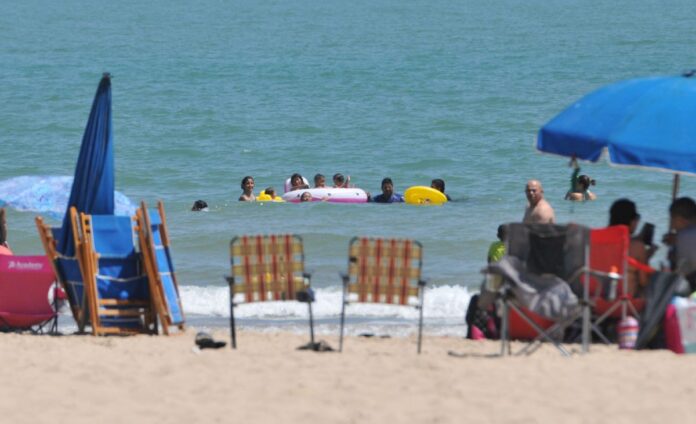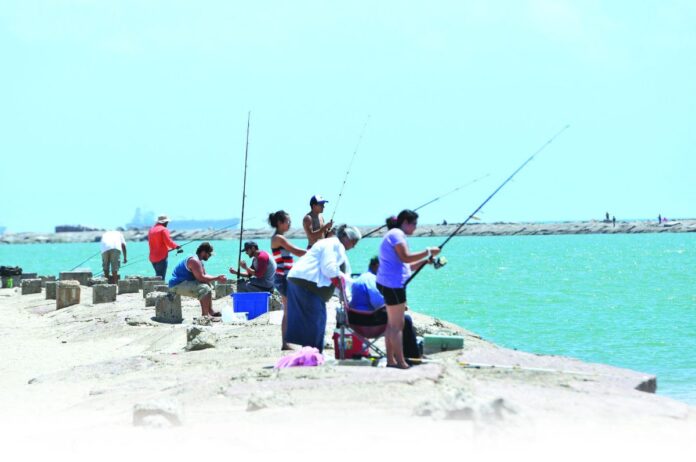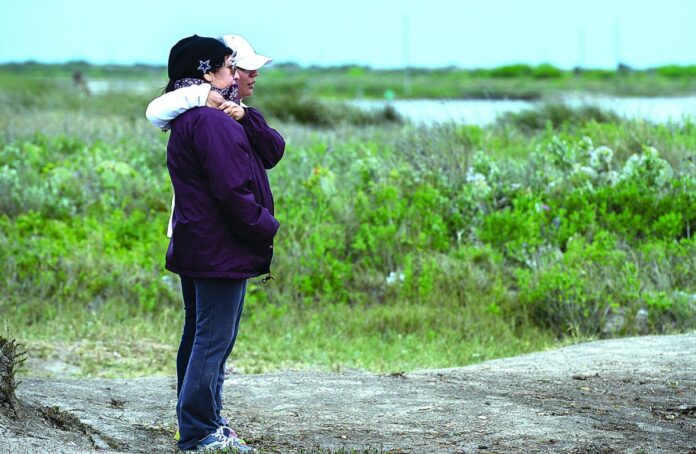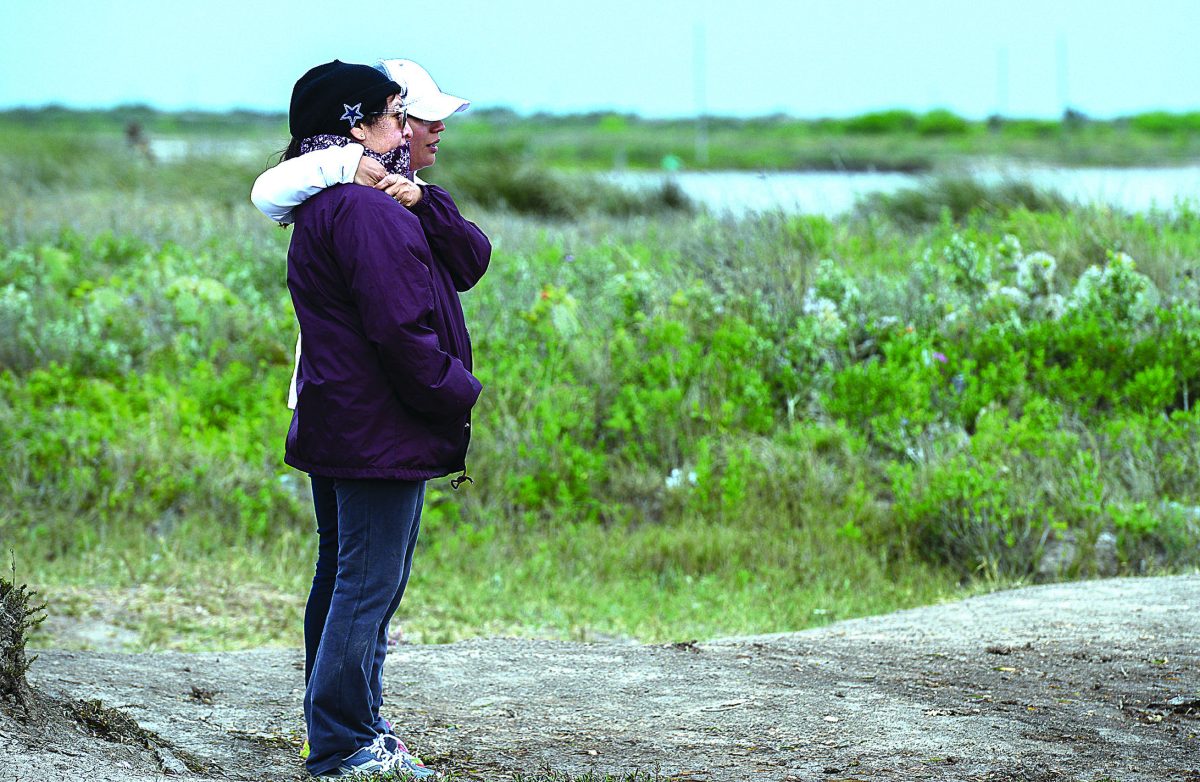BY NORMAN ROZEFF
EDITOR’S NOTE: This is the next installment in an ongoing series on San Benito’s Sam Robertson. Find previous parts at www.ValleyStar.com.
In 1979 a Texas Historical commission marker was erected at the house that Sam had constructed in 1911 at 509 N Sam Houston Blvd., corner Adele Street.
The marker reads: “San Benito was begun in 1904 by Sam A. Robertson (1867-1938). A wealthy civil engineer and builder, he saw farming potential in the valley. He became Sheriff and first Postmaster. He built irrigation canals and a railroad network that connected farms with produce markets. He started a Padre Island development and Del Mar, a recreational area at Boca Chica. In 1911 Robertson and his wife Adele built this house.
With thick walls and high windows, it served as a fortress against marauding bandits from across the border. In 1945 the house was sold to John T. Lomax.”
The wording while mostly flattering exaggerates in calling him “wealthy.” We all know that he was far from that despite all of his successes. His investment miscues were numerous. John Lomax was an early San Benito banker and businessman, who in 1945 purchased the house from Col. Sam’s widow.
Designed with a central courtyard similar to homes in Mexico, the house is situated on a ledge supported by a retaining wall that gives the house commanding height. Much of the building materials, including bricks and tiles, came from Mexico. Creosoted railroad ties were used in the foundation. Gray cement covers the exterior brick walls which are 18 inches thick.
Tiles for the roof were made especially for the house. Each is numbered. Once settled in their home with its three fireplaces and four bedrooms, the Robertsons entertained each March 17 to celebrate their wedding anniversary. In 2014 the house is occupied by the law offices of Jeffrey Jackson.
Robertson had been introduced to his future wife by her brother, Fred Wedegartner, with whom he had been associated in construction work.
Miss Adele Wedegartner was a lovely blonde with fair hair and dazzling skin. They were married March 17, 1901. German-born Adele Wedegartner had been born August 31, 1879. She was to die in middle age on November 21, 1921.
Solicitous railroad officials sent a private car for the immediate family and a coach for friends for the funeral trip between San Benito and San Antonio.
On board the George Washington of the American Steamship Line on October, 28th 1922 en route to a tour of Europe, Sam meets Maria Seidler of Austria.
She is the 26-year-old woman who would become his second wife. They were married in Vienna (another source says Paris) on December 3, 1922. Neither his first nor his second union produced any offspring.
On 1/11/58 Robertson’s widow married widower Dr. Harry Drucker. Maria died September 2, 1985 in Sid Peterson Hospital, Kerrville, Texas.
Maria’s 1932 interview with the Fort Worth Texas Star provides us with the details of Sam’s second marriage. “Maria Robertson Drucker, formerly Seidler was born February 7, 1896 in Vienna Austria. She was the daughter of Adi Siedler and sister to Isabell and Adi Siedler Meyer. Her sister Isabell introduced her to Colonel Sam Robertson, after Isabell and Sam were on a trip aboard the George Washington.
Col. Sam had just finished a tough campaign to unseat the 8 year standing Sheriff, W.T. Vann of Cameron County, Brownsville Texas, and was taking a break to visit the grave of his adopted son in France and the family of his late wife, Adele (Wedegartner) Robertson, who passed on in 1921 along with her mother Meta Wedegartner, also in 1921. They were from Oldenburg Germany. Adele, on her deathbed had told Sam that he should remarry, and she had a favorite cousin in Germany that she felt would be perfect for him and requested that he return to Germany and meet her family and if did not care for her — fine. As he crossed the English Channel from England to France, he met an attractive young woman, Isabell Siedler, who kept the restless children quiet by telling them stories in various languages. She invited Sam to visit her family if he didn’t care for the German woman. He did visit the Seidler home in Vienna. There were two daughters besides the one he had met on the crossing. He asked for the hand of the middle daughter, Maria, known to us as Mitzi. Aunt Mitzi, aka Maria Seidler, remembered the meeting in this way. ‘In Vienna, he made the acquaintance of his present wife, Fraulein Maria Seidler. Being a man of action, he decided to marry Miss Seidler and have it over quickly. Through the American Military Attaché in Vienna. he proved his good character and reliability, and with the aid of a Presbyterian minister, a hasty marriage with Miss Seidler was arranged…The jump from musical Vienna to the home of the Sheriff of a Mexican border country, to say the least, was somewhat a shock to his wife.’ Mitzi’s mother was hesitant about her daughter Mitzi going to live in Texas and she felt Sam was too old for Mitzi. He promised if Mitzi was not happy in Texas he’d send her and her concert grand piano back to Vienna. Mitzi stayed and “Mama Adie” (Ada) came. Later he sent for the younger sister, also named Ada or Adie to join them, The younger Adie came to Texas then moved on to Los Angeles when she married Paul Walter Meyer. Isabell, the sister Col. Sam met shipboard, married and remained in Austria. Merry Robertson Thomas said they pronounced Aunt Mitzi’s mother’s name “Mama Adie” but that it was spelled ADA, it is ADI on her tombstone.”
In 1914, as adventurous as ever, he plunged into acquiring some seemingly valuable mining property in Mexico, only to see it lost with revolutionary activities in that country. Its development was already suspended because of uprisings by revolutionists and sporadic banditry. He spent much time inspecting various mining and other projects in many parts of Mexico, as far south as the state of Cuernavaca, Mexico, where he made a trip during the Emiliano Zapata uprisings. As border incidents heated up Sam’s knowledge of Mexico would later be of value. Robertson would suffer a major financial setback in 1914. Together with sugar mill, he relinquished control of the San Benito Land & Water Company.
Sam became involved in American efforts to secure the border as banditry and thievery increased precipitously. He aided Colonel R.L. Bullard of the 26th U.S. Infantry stationed at Fort Brown by gathering intelligence. In one hairy incident south of the border, Sam was ambushed and had to fight his way free. A young goatherd named Salomon Lerma aided his escape. Later, fearing reprisals, the boy fled across the river and sought Sam’s aid. The young man became a mascot for the soldiers stationed in the Valley during the Border Era. During WWI he was to join the Army going to Europe with the American Expeditionary Force. He would die there of service-associated pneumonia.
Robertson’s Bandit Era adventures did not stop there. Sam also served as a scout for General Pershing, who entered Mexico in pursuit of Francisco “Pancho” Villa. In Mexico City in January 1917, when on one of his expeditions, he met an old acquaintance of many years before, by the name of Thomas Jones, a Welshman, who for a number of years had been prospecting over Mexico, Central America, and as far south in the Andes of South America as the Republic of Chile.
Returning to Guadalajara, he met Jones on March 1, 1917. They, along with a Mr. E. R. Coffey, started immediately to the mountains of Jalisco, Mexico, outfitting at a place called Ameca, which was the end of the railroad. Ostensibly they were investigating mineral prospects in the vicinity of Maseola on March 2 and had taken shelter in a small hut that night. A few hours later they were confronted by five bandits who took all of their money and fired at least ten bullets into Jones, according to Sam. The outlaws then tied lariat ropes around their necks and, laced to their saddles, dragged the two victims through the village. Had not they grasped the ropes they would have been strangled.
The natives of the village were unsympathetic to the Gringoes and kicked, stoned and beat them. Robertson was dragged behind the horse with the rope around his neck until he was believed to be dead. When one of the two bandits dragging them dropped a machete, Coffey was able to quickly cut his bonds and then did the same for Robertson.
The other three bandits had ridden ahead. Coffey dispatched one of the bandits with the machete and brained the second one. Both Robertson and Coffey, who had barely escaped with their lives, seemingly vanished. The two headed for Port Manzanillo hoping to go on to Mazatlan. After a period, Robertson and Coffey, in sad condition, reached the U.S. border and staggered into Army headquarters.
From Nogales, Arizona, Sam telegraphed home revealing his experiences and soliciting funds to purchase the railroad fare home.


